The second-largest province in the southeast of Iran, Sistan and Baluchestan, is the leading region producing delicious black dates known as Rabbi. However, they are famous as Pakistani dates worldwide. It is because Rabbi dates are usually offered from Pakistan in international markets.
Nonetheless, Rabbi is the primary type of date in southeast Iran. Chabahar, Zabol, Saravan, and Iranshahr are the maiBlack Rabbi dates, price, and varietiesn towns cultivating Rabbi dates. The harvest region operates the varieties of Rabbi dates as they are dissimilar in size, color, and form. Although the properties are the same in any area, Sistan and Baluchestan offer more high-quality Rabbi dates since the cultivation volume is higher.
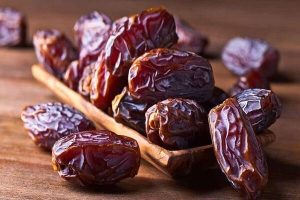
The price is determined according to the quality and the charm of the dates. For instance, Rabbi dates of Iranshahr are darker and larger than Saravan. The highest quality of Rabbi dates is harvested in Iranshahr and Saravan, while organic dates grown in Saravan are suitable to export to Europe. They are recognized as semi-dry dates in the international markets as they consist of 16% moisture.
Therefore, the storage is convenient for wholesalers, retailers, and importers of Rabbi dates across the world. Good packing with modern technologies and machines helps to store for a long time in cool weather that further information about the storage of dates will be mentioned below. Concerning the quality of Rabbi dates and their affordable price, they are an excellent cultivar to buy. Typically, Rabbi dates and Mazafati (Kimia) dates are similar in price, while Rabbi is sometimes lower than Mazafati in price.
Black Negin dates
Many companies offer dates in Iran and abroad, especially black Rabbi dates of Negin date company. They offer Rabbi dates in many countries, including India, Pakistan, and Bangladesh. They store the dates in the warehouses to gradually supply the market need during the year. A significant question about the storage is the necessity of cold storage.
Rabbi dates are semi-dry, so they are possible to preserve in the ordinary warehouse, while for keeping longer, they must be kept in the cold storage warehouse. Many producers of Rabbi dates prefer to sell the dates not just after the harvest in September to October since the rates are lower than months later for the glut of dates in the market. They prefer to offer their products some months later at better prices.
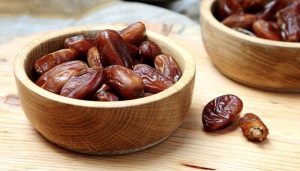
Rabbi dates are highly demanded in international markets for the long-form regularly between 3 to 5 cm. They are dark brown to black, which the latter is considered higher quality and of course more expensive. To look more interesting, the producers polish Rabbi dates with a special oil that makes them bright. They are less sweet rather than Mazafati dates, which makes them more delicious to eat.
Unripe Rabbi dates are another product that is exploited in industries. Sweet fruit leather, beverages, sweets, cookies, cakes, date syrup, date sugar, various chocolates, and soda raw material are manufactured with unripe Rabbi dates. The remarkable thing is that unripe Rabbi dates are red while before are green and after brown and black.
dates varieties
As the second to none country in dates varieties, Iran owns more than 300 various cultivars of dates throughout the globe. Almost 15 cultivars are amongst the export products, which are divided into three major groups:
- Semi-wet (semi-soft) dates: 18% to 23% moisture
- Semi-dry dates: 14% to 18% moisture
- Dry dates: Less than 14% moisture

That must be noted that the excellent quality semi-wet dates include 50% moisture, while 75% is the perfect scale for semi-dry cultivars. Semi-wet and semi-dry are considered to lose their form by pressing with the hands, while dry dates are concrete and not possible to do so. Another factor in dividing the dates is the sugar type which includes two parts:
- The dates with sucrose primarily such as Zahedi (Jehadi) dates
- The dates with inverted sugar (glucose and fructose) like Piarom dates
The third method of dividing dates is based on the size specified by the amount in 500g. As in stone dates, less than 70 dates in 500g are considered large, while 70 to 80 dates are average size, and more than 80 are small. In pitted dates, less than 85 in 500g are large, between 85 to 95 dates are accounted average, and more than 95 are small. The most famous and export cultivar dates are stated below:
ü Piarom dates: the most expensive and the best type of dates in Iran are semi-dry and consist of fructose as the primary sugar of Piarom dates. They bear large size dates.
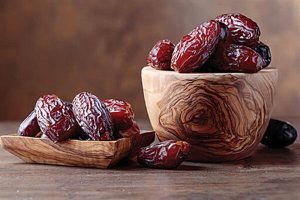
Mazafati (Kimia) dates: are the most consumed cultivar dates in Iran because of high moisture. They are semi-wet, average size. Zahedi dates: they are golden with thick skin, which is semi-dry, and have a minor sweetness amongst the dates. In addition to the convenient storage state, mild sweetness is another reason that makes Zahedi dates an excellent product to import.
Kabkab dates: juicy dates which have semi-wet and semi-dry cultivars. They are so sweet and between 3.5 to 4 cm.
Khasoei (or Khasui) dates: the quality dates similar to Kabkab but smaller and with high shelf time.
Rabbi dates: Large Black dates which are semi-dry and delicious and have mild sweetness. Long shelf time and an appropriate proportion of flesh to the stone are two charming properties of Rabbi dates.
Sayer (or Esta’meran) dates: one of the most affordable dates, including a high rate of sugar. On the other hand, less moisture and long shelf time have made them feasible for industrial usage, particularly in European countries.
Shahani dates: famous cultivar with high moisture that is dark brown or golden in some cases. They are very sweet and have an affordable price.
Our company offers all types of Iranian dates, which are in various qualities and packages. The agencies are increasingly developing worldwide, easing the condition for the customers and us at the same time. For more information and contact with us, our expert sales agents are ready to reply to you at the moment.
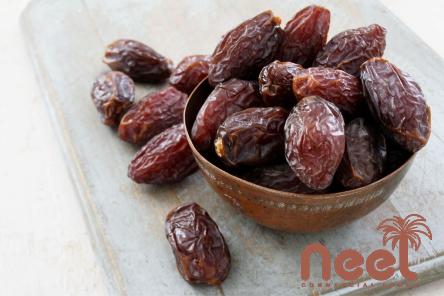
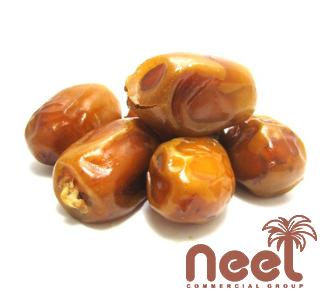
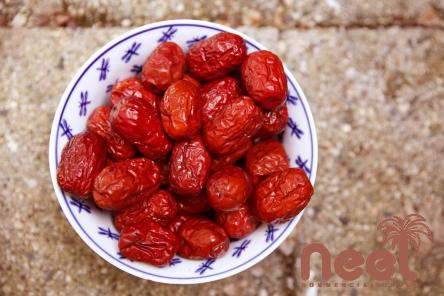
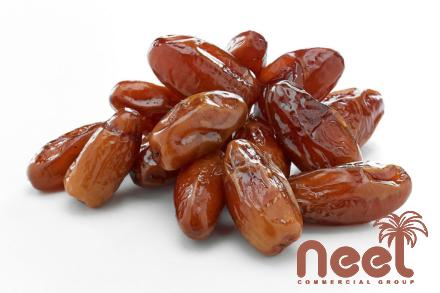
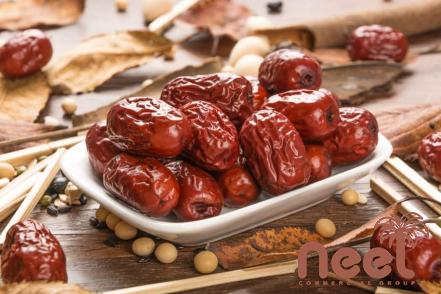
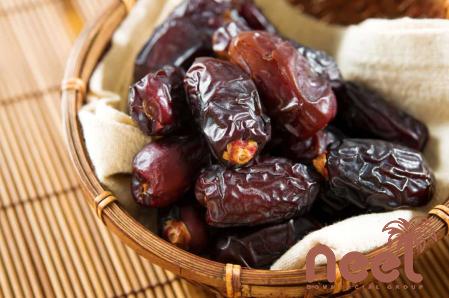
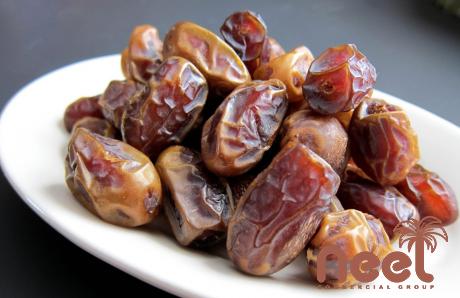
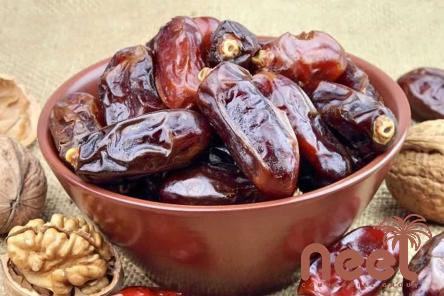
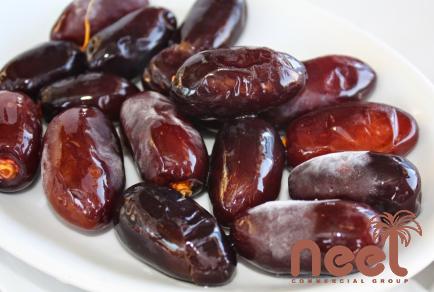
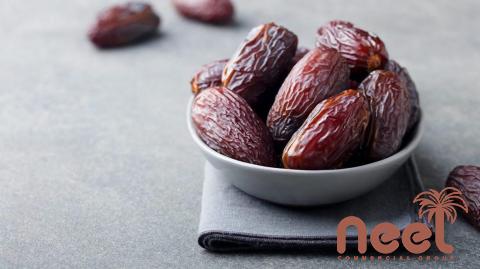
Your comment submitted.